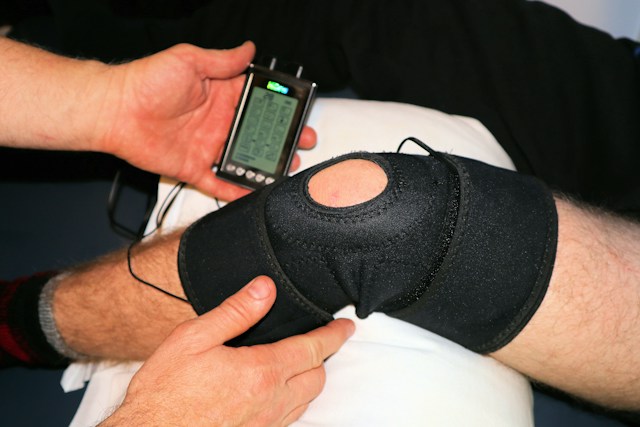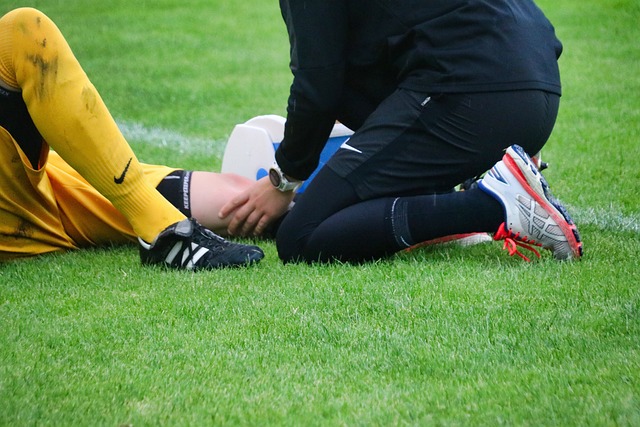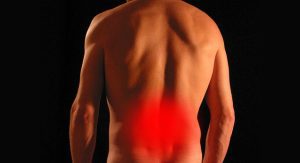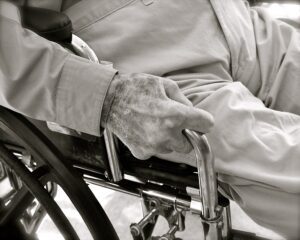Sports injuries happen a lot in sports. They can be small, like a sprain, or big, like a muscle tear. Physical therapy is really important to help heal these injuries.
It doesn’t just help with the pain but also helps you get strong again and move better. This guide will give you good tips on using physical therapy to get better from common sports injuries. It’s here to help athletes get back to doing their best in sports.
Table of Contents
Understanding Common Sports Injuries
Sports injuries are often sprains, strains, knee injuries, tendonitis, or shin splints. Each one is different and needs its own treatment. For example, sprains happen when ligaments get hurt, usually from twisting or getting hit.
Strains are when muscles or tendons get hurt from stretching or using too much. Knee injuries can be tricky because they might involve ligaments, cartilage, or kneecaps.
Knowing exactly what kind of injury you have is important to treat it right. When athletes and their therapists know about these common injuries and what causes them, they can make better plans for treatment. This helps athletes get back to their sports faster and safer.
The Role of Physical Therapy in Sports Injury Recovery
Physical therapy is really important for healing sports injuries. It helps in a few big ways, like reducing pain, making swollen areas less swollen, assisting joints to move better, and making muscles stronger.
There are two main parts to it: first, taking care of the injury right away with things like putting ice on it, wrapping it, and keeping it raised to help with swelling and pain; second, starting a special program to help heal the injury.
This program usually has exercises to make you more flexible, stronger, and balanced. It helps you return to doing things as you did before getting hurt.
Physical therapists also use hands-on methods like massage and moving joints to help you get better.
The big goal is to not only fix your injury now but also teach athletes how to avoid getting hurt again.
Tips for Starting Physical Therapy
- Selecting the Right Therapist
Choose a physical therapist specializing in sports injuries. Their expertise in sports-specific rehabilitation is invaluable. - Setting Realistic Goals
Collaborate with your therapist to set achievable goals for recovery. Understand that healing takes time, and setting realistic expectations is crucial for a successful outcome. - Consistency and Commitment
Regular attendance and adherence to the prescribed rehabilitation program are key. Recovery requires consistent effort, both during therapy sessions and at home. - Understanding the Treatment Plan
Clearly understand your treatment plan, including the purpose and expected outcomes of each exercise or therapy technique. - Staying Informed and Educated
Learn about your injury and the rehabilitation process. Being informed empowers you to take an active role in your recovery.
During Physical Therapy – Maximizing Benefits
Active Participation
Engage fully in each therapy session. Your active involvement is crucial to progress.
Communication
Maintain open communication with your therapist. Report any pain, discomfort, or progress; this information is vital for adjusting your treatment plan.
Home Exercise Program
Adhering to your home exercise program is as important as attending therapy sessions. These exercises complement your in-clinic treatment and expedite your recovery.
Feedback and Adjustment
Provide feedback to your therapist about what works and what doesn’t. This allows for timely adjustments to your treatment plan.
Patience and Persistence
Understand that recovery is a gradual process. Stay committed and patient throughout your rehabilitation journey.

Advanced Techniques in Physical Therapy
In sports injury physical therapy, some special techniques can really help you heal faster. Cryotherapy, which is like a cold treatment, is good for reducing pain and swelling.
Ultrasound therapy in sports injury physical therapy uses sound waves. These waves make your injured spot heal better by bringing more blood and oxygen to it.
Another technique used is electrical stimulation. This can make weak muscles stronger and work better. Also, doing exercises that improve balance and coordination is very important, especially for athletes.
These exercises help you move better and can prevent getting hurt again. Remember, all these special techniques should be part of your complete sports injury physical therapy plan and done with the help of a trained physical therapist. Moreover, incorporating the 8-minute rule physical therapy into your sports injury recovery sessions ensures that you receive focused attention from your therapist, optimizing the therapeutic benefits of each session.
Preventing Re-injury and Long-Term Care
Stopping yourself from getting hurt again is important after you’ve healed. Keep exercising to stay strong and flexible, even when feeling better.
Acting swiftly is essential to help in sports emergencies; enrolling in first aid training Oakville will empower you with the skills to know what to do and be the hero in your team.
Ensure you’re playing sports correctly and using the right gear. When you start playing sports again, take it slow. Don’t go too hard or too long at first. It’s a good idea to keep seeing your physical therapist even after you feel better.
They can check on how you’re doing and help with any problems. Remember, getting better isn’t just about your body. It’s also about your mind. Taking care of both helps you heal from your injury and keeps you strong for all your sports in the future.
Mental and Emotional Aspects of Recovery
The mental and emotional aspects of recovering from a sports injury are often as challenging as the physical recovery.
Feelings of frustration, anxiety, and a fear of re-injury are common. Addressing these feelings is important, as they can impact the recovery process.
Techniques such as mindfulness, relaxation exercises, and positive visualization can aid in managing stress and maintaining a positive outlook.
Setting small, achievable goals can provide a sense of accomplishment and progress.
Athletes should also consider seeking support from coaches, teammates, or a sports psychologist.
Mental resilience plays a significant role in overcoming recovery challenges and returning to sports with confidence and strength.
Conclusion
Getting better from a sports injury with physical therapy takes time. It’s not just about your body healing but also about staying strong in your mind and taking care of yourself for a long time.
This article gave you some essential tips on using physical therapy to get better from sports injuries. Everyone heals differently, so it’s essential to be patient and keep working hard to return to the sports you enjoy.
Featured Image by Alexander Fox | PlaNet Fox from Pixabay




